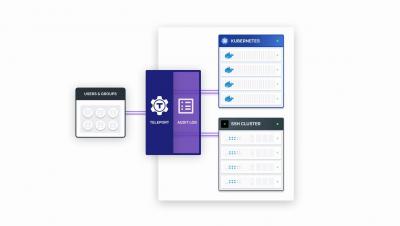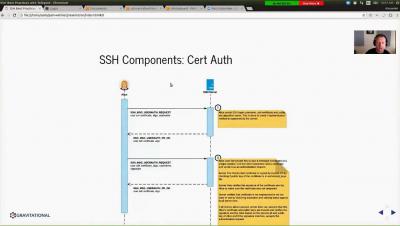Auditing Amazon Machine Images with Tripwire for DevOps
Tripwire for DevOps continues to add new features and capabilities. The newest of these is the ability to perform vulnerability scans against Amazon Machine Images (AMIs) in the same Tripwire for DevOps workflow used for your Docker containers. This blog will discuss the creation of AMIs and how to audit them for vulnerabilities within Tripwire for DevOps.




